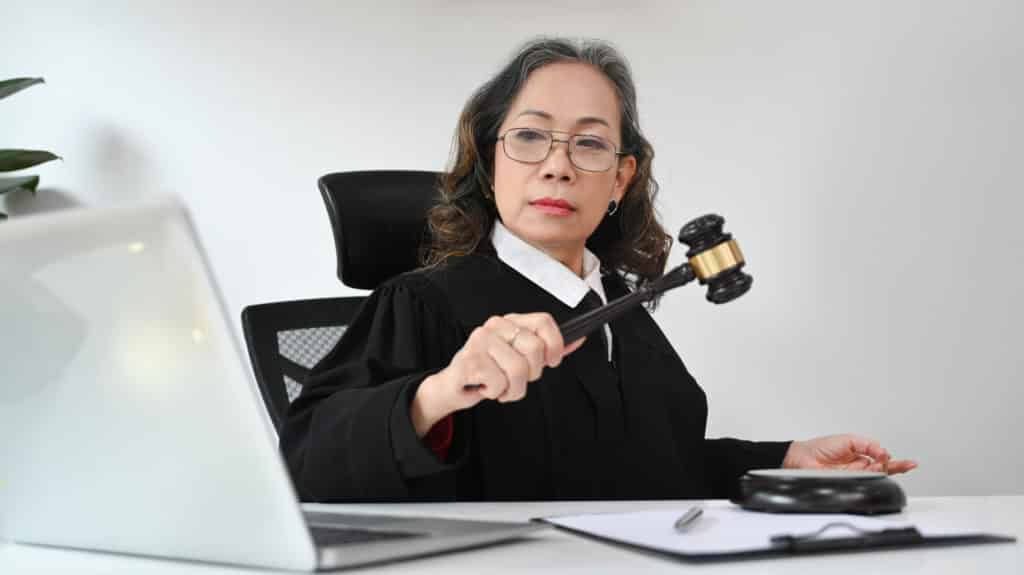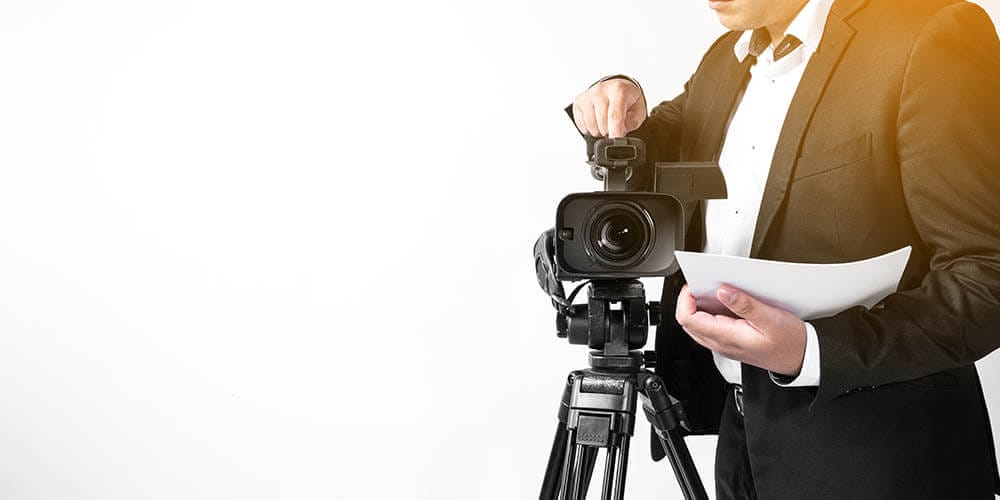Why Legal Videography is Crucial for Accurate Legal Documentation
Why Legal Videography is Crucial for Accurate Legal Documentation
Blog Article
Looking Into the Systems of Lawful Videography: Introduction Its Operation in Shielding Genuine Aesthetic Statement for Judicial Procedures
In the world of judicial procedures, the duty of legal videography stands as a cornerstone in protecting and presenting visual evidence. As modern technology proceeds to development, the mechanisms behind legal videography have come to be increasingly detailed, providing an essential layer of credibility to testaments caught on video clip.
Historical Development of Lawful Videography
Analyzing the historic development of legal videography exposes a substantial transformation in the catching and discussion of aesthetic evidence within the legal landscape. In the past, legal procedures greatly depended on created transcripts and pictures to document events and give proof. With the advent of video clip modern technology, the lawful sector witnessed a paradigm shift in how visual testimony was captured and presented.
The evolution of legal videography can be traced back to the late 20th century when developments in video recording devices made it much more easily accessible for usage in courts. This technical improvement not only improved the accuracy and dependability of visual proof however likewise changed the means situations existed to discretionary (Legal Videography). Lawyers started to acknowledge the convincing power of video recordings in sharing feelings, nuances, and non-verbal cues that written photos or transcripts alone could not capture properly

Technology Advancements in Video Documentation
What vital technological advancements have changed video documents in the legal area? The lawful field has actually seen considerable advancements in video clip documentation innovation that have actually improved the credibility and dependability of aesthetic evidence in judicial procedures.
In addition, developments in video clip encryption and watermarking modern technologies have boosted the safety and security and tamper-proof nature of video clip proof, protecting it versus unapproved changes or tampering. Additionally, the advent of cloud storage options and remote access abilities has structured the storage space, retrieval, and sharing of video evidence, promoting seamless partnership amongst lawyers and guaranteeing effective accessibility to critical visual statements when required. These technical improvements in video clip documents have actually undoubtedly revolutionized the lawful area, boosting the precision, trustworthiness, and admissibility of visual evidence in judicial proceedings.
Role of Lawful Videographers in Court Room Setups
The development of video documentation modern technology in the lawful field has demanded a critical function for legal videographers in court room setups, guaranteeing the integrity and integrity of visual testimonies offered throughout judicial procedures. Legal videographers play a fundamental function in capturing and maintaining accurate visual evidence that can be critical in court cases. Their obligation includes establishing equipment, tape-recording procedures, and producing top quality videos that precisely show the occasions in the courtroom.
In courtroom setups, lawful videographers have to stick to stringent guidelines and standards to preserve the credibility of the aesthetic document. They have to possess an eager eye for information and a thorough understanding of legal procedures to make certain that the video they catch is a true depiction of the events that took place. In addition, legal videographers often work very closely with legal teams to make certain that the video clip evidence lines up with the case's demands and can be efficiently presented in court to sustain the legal disagreements being made. Generally, the function of lawful videographers in courtroom settings is crucial in promoting the principles of justice and ensuring the openness of lawful proceedings.

Ensuring Admissibility and Stability of Video Clip Evidence
To preserve the credibility of visual proof offered in legal procedures, making sure the admissibility and honesty of video evidence is an important duty for legal videographers. Admissibility refers to the acceptance of proof by the court, and for video clip proof to be permissible, it should satisfy specific standards. Lawful videographers play an essential function in guaranteeing that the videos they capture abide by the guidelines of proof, such as integrity, importance, and authenticity.
Stability of video evidence entails keeping the creativity and precision of the video footage from the moment it is recorded until it is presented in court. This includes firmly storing the video files, documenting the chain of wardship, and preventing any tampering or changes. Lawful videographers need to abide by strict protocols to guarantee the integrity of the video clip proof and stop any kind of obstacles to its credibility.
Future Trends in Legal Videography
Provided the enhancing reliance on innovation in lawful procedures, legal videographers are positioned to accept cutting-edge advancements forming the future of aesthetic testimony capture and discussion. One of the prominent fads on the perspective is the integration of digital truth (VIRTUAL REALITY) and augmented truth (AR) technologies right into legal videography. These anonymous technologies have the possible to reinvent how aesthetic evidence exists in courtrooms, enabling discretionary to submerse themselves in the scene of the criminal offense or case.
Moreover, the use of man-made intelligence (AI) formulas for video evaluation is expected to simplify the procedure of reviewing and examining large quantities of video clip footage. AI can aid in identifying crucial moments, abnormalities, and patterns within videos, boosting the effectiveness of lawful investigations.

Conclusion
In verdict, lawful videography has actually played a vital function in giving genuine visual proof for judicial proceedings. Via technological innovations and the proficiency of legal videographers, the honesty and admissibility of video proof are ensured in court setups. As lawful videography continues to advance, it will be important to maintain criteria that maintain the precision and reliability of aesthetic testimony for the future of legal process.
Examining the historical development of legal videography exposes a significant change in the recording and discussion of visual my response proof within the lawful landscape.The evolution of video paperwork innovation in the legal field has required a critical duty for lawful videographers in courtroom settings, making sure the honesty and integrity of visual statements offered throughout judicial process. Additionally, legal videographers typically function very closely with lawful groups to ensure that the video proof lines up with the instance's needs my latest blog post and can be properly offered in court to support the legal arguments being made.To preserve the integrity of aesthetic evidence provided in legal procedures, guaranteeing the admissibility and integrity of video proof is a critical responsibility for lawful videographers. As lawful videography proceeds to advance, it will be important to copyright standards that keep the precision and integrity of aesthetic statement for the future of legal proceedings.
Report this page